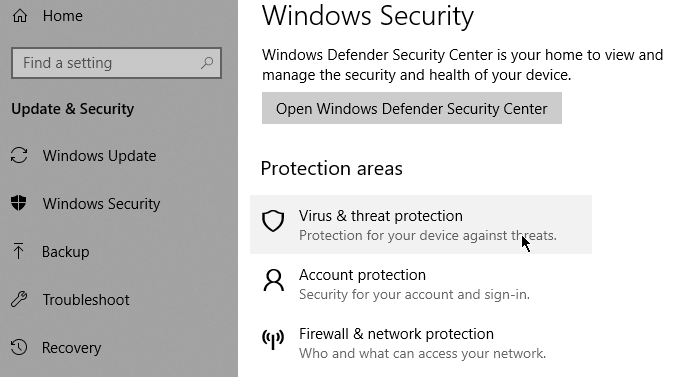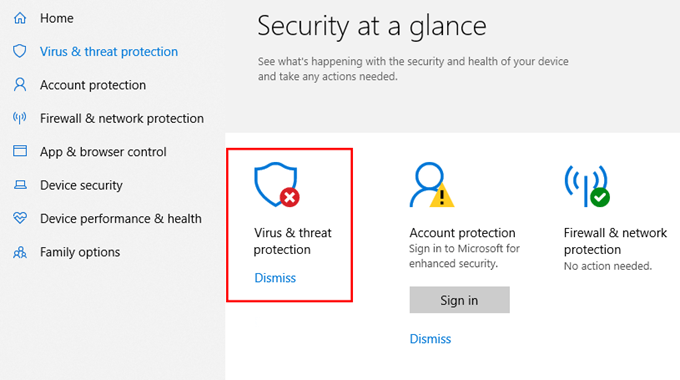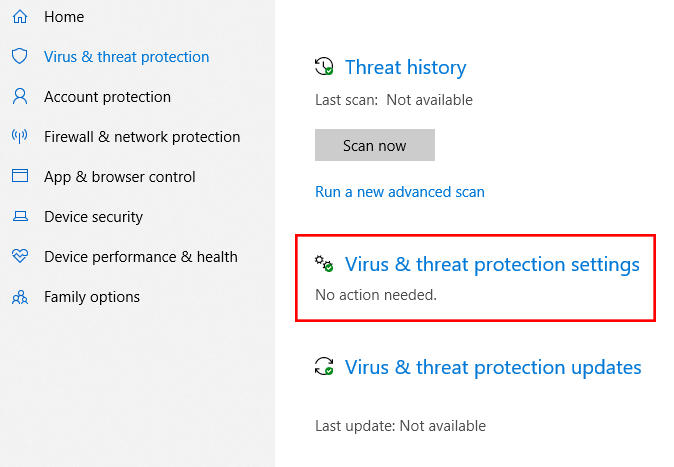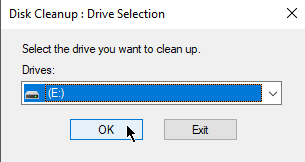- in Windows 10 by Admin
How to Scan for Malware in Windows 10

Is your Windows
10 computer performing slower than usual? Are you seeing different pop-ups that
weren’t there before?
If these are the
cases, you may have a malware-infected PC on your hands. There are ways you can
check. This article will teach you how to scan your PC for malware in Windows
10.
Windows
Defender
The first logical
place to start would be Windows Defender. Not only is it free, but it also
comes with every Windows 10 purchase. It’s also simple to use — making it the
ideal solution for your average users who won’t go beyond mainstream sites.
It works by
scanning for threats like adware, spyware, and viruses. Turning Defender on
will stop malicious software from doing any significant damage.
Turning
on Windows Defender
Open Windows Settings. Go to Update and Security > Windows Security. Under Protection Areas, select Virus & Threat Protection.

A new window will pop up with a list of security options. Click Virus & Threat Protection. Now click Manage Settings under Virus & Threat Protection Settings. Go to Real-Time Protection and switch it to the on position if it’s currently off.


Once activated,
Windows Defender will automatically scan your computer for malware. The most
recent iteration of Windows Defender is not available on Windows 7 or Windows
8.
Is
Windows Defender enough?
The short answer is no — not if you’re looking for a much more robust solution. As mentioned earlier, Defender will be enough for the average user.
But if we’re talking pure performance, there are third-party solutions out there that offer more protection and can be fine-tuned to meet specific needs. One tool we have always suggested in Malwarebytes Anti-Malware.
Diagnosing Malware in Windows 10
There are other
ways of diagnosing malware in a Windows 10 computer. Below are just a few.
Safe
Mode
PCs have a
feature called Safe Mode. When you boot a PC through this mode, only the
essential programs are loaded. Malware is prevented from launching. If your
computer performs faster while in Safe Mode, there’s a chance that you have
malware.

To access Safe
Mode, go to Start > Power. While holding the Shift key, press Restart. After the computer reboots, you should be able to access
Safe Mode.

You want to
delete temporary files while in Safe Mode. Go to Search and type Disk Cleanup.
It’s a free utility tool that’s included in Windows 10. This will help you remove
old files and possibly malware after a quick scan.
Third-party
scanners
If you feel like your current antivirus solution isn’t up to the challenge, maybe it’s time to consider installing one of the many malware scanners in the market today.
Some of these solutions are free while others you’d have to pay for. There are one-time purchases while others are subscription-based. Some antivirus software work better than others. Make sure you install one that’s highly recommended and comes from a reputable company.
Browser
settings
Malware can make
changes to your browser settings. For example, malware can change your homepage
settings to launch sites that are meant to extract information or display ads
whenever you open a browser.
You need to check
your settings as soon as possible to prevent browsers from launching annoying
sites.
Microsoft
Edge
To modify
Microsoft Edge settings, go to Settings
and More > Settings. Under
the Open Microsoft Edge With
drop-down menu, select A Specific Page
or Pages.

Check the URLs in
the list and remove the unfamiliar domains.
Google
Chrome
Open Google
Chrome and go to Customize > Settings. Scroll down and locate On Startup. Select Open a Specific Page or Set of Pages.

Remove the
unfamiliar domains from the list.
Reformatting Your PC
There are times
when users are forced to reformat their computers to remove malware. But before
you do, make sure you back up important files if it’s still possible for you to
do so.
Go to Settings > Update & Security > Recovery. Under Reset This PC, select Get Started. You will be presented with two options.
Keep My Files will reformat your computer without deleting your files. Remove Everything will do just that – remove all files.

Note: There’s a higher chance of
removing malware if you remove everything. However, you do so at the risk of
deleting files and settings.
Follow the
on-screen commands until Windows 10 prompts you to reset your PC.